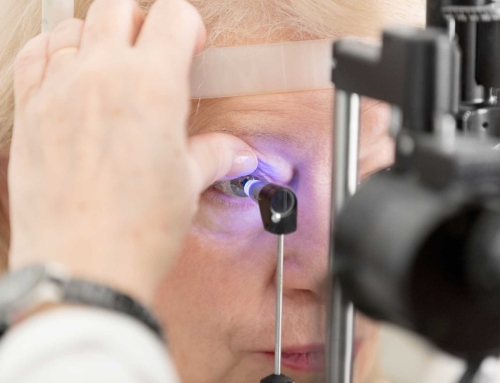When it comes to correcting your vision, both glasses and contact lenses offer effective solutions. But they serve different lifestyles, preferences, and needs. Whether you’re updating your prescription or deciding what’s best for your child’s experience with corrective eyewear, making an informed decision begins with understanding the pros and cons of each option.
The Importance of Regular Eye Exams
Before diving into glasses versus contacts, it’s important to recognize that maintaining your vision starts with understanding why annual eye exams are essential for long-term eye health. Whether you wear glasses, contact lenses, or neither, a yearly visit to your optometrist can detect changes in your prescription, identify early signs of eye disease, and provide tailored advice for your vision needs. An up-to-date prescription ensures you’re seeing clearly no matter your choice in corrective wear.
Pros and Cons of Glasses
Glasses are often the first choice for many people starting vision correction. They’re easy to use, require minimal maintenance, and come in an ever-expanding variety of styles.
Pros of Glasses
- Low maintenance: Simply clean the lenses and you’re good to go.
- Fashionable options: Glasses allow you to express your personal style, especially when you’re choosing glasses that complement your face shape.
- Protection: They shield your eyes from dust, wind, and some harmful UV rays.
- Cost-effective: One pair can last years if your prescription remains stable.
Cons of Glasses
- May interfere with activities: Sports, exercise, or even rainy days can make wearing glasses inconvenient.
- Can distort vision: Peripheral vision may be limited, and lenses can fog up in humid conditions.
- Pressure points: Frames may cause discomfort on the nose or behind the ears after prolonged wear.
Pros and Cons of Contact Lenses
Contact lenses offer a more invisible and flexible approach to vision correction. For people with active lifestyles or those who prefer not to wear frames, contacts can be a liberating choice.
Pros of Contact Lenses
- Natural vision: Contacts conform to the curvature of your eye, giving a wider field of view and reducing visual distortion.
- No fogging or obstruction: They stay clear in all weather conditions and don’t interfere with your face.
- Activity-friendly: Great for sports, dance, and other physical activities.
Cons of Contact Lenses
- More maintenance required: Cleaning, storing, and replacing lenses as directed is essential to prevent eye infections.
- Risk of irritation: If worn improperly, contacts can cause dryness, discomfort, or more serious issues.
- Not ideal for all eyes: Certain conditions like dry eye or allergies can make contact lenses harder to wear comfortably.
When Kids Start Wearing Glasses or Contact Lenses
Parents often ask when kids start wearing glasses or contact lenses and which option is better for them. Typically, glasses are the first step, especially for younger children who may lack the responsibility required for contact lens care.
Most optometrists recommend waiting until a child is around 10 to 12 years old before considering contact lenses. However, maturity is more important than age. If your child is motivated and able to follow hygiene instructions, contacts may be appropriate sooner. A pediatric eye exam can help determine readiness and ensure your child is properly fitted and educated.
Choosing Based on Lifestyle and Needs
Ultimately, the decision between glasses and contact lenses should consider your lifestyle, comfort, and convenience.
- Work environment: If you spend long hours at a computer, glasses with blue light filters may be preferable.
- Activity level: Athletes or those constantly on the go might benefit from the flexibility of contacts.
- Fashion sense: If you enjoy accessorizing, choosing glasses that complement your face shape can become a stylish part of your identity.
- Budget: While contacts may require ongoing costs for lenses and solution, glasses can be a more economical long-term investment.
Many people choose to alternate between both—wearing contacts during the day and switching to glasses in the evening. This hybrid approach can offer the best of both worlds.
There’s no one-size-fits-all answer when it comes to choosing between glasses and contact lenses. Each has its strengths and considerations, and the right choice may change as your needs evolve. No matter your preference, remember that maintaining your vision starts with understanding why annual eye exams are essential for long-term eye health. If you’re still unsure which option is best for you or your child, schedule a consultation. An eye care professional can evaluate your vision, lifestyle, and preferences to guide your decision. After all, the first step to seeing clearly is being well-informed.


